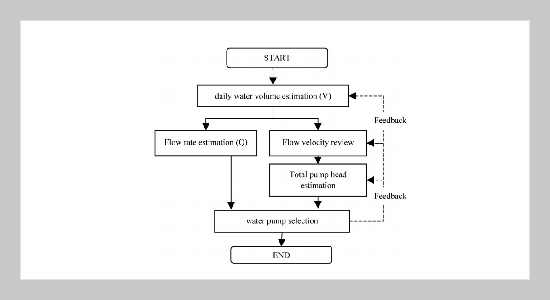Chien-Hsiang Wang This email address is being protected from spambots. You need JavaScript enabled to view it.1, Rong-Ping Lai1 , Cheng-Hung Shen1 , Shi-Bin Huang2 and Hung-Ren Hsieh3 1Department of Architecture, Cheng Kung University, Tainan, Taiwan 701, R.O.C.
2Department of Architecture, Kao Yuan University, Kaohsiung, Taiwan 821, R.O.C.
3Graduate Institute of Architectural and Sustainable planning, Ilan University, Ilan, Taiwan 260, R.O.C.
Received:
July 29, 2008
Accepted:
December 24, 2008
Publication Date:
December 1, 2009
Download Citation:
||https://doi.org/10.6180/jase.2009.12.4.14
The concept of sustainable develop has been adopted gradually to renew the existing buildings. Regarding this, we have selected the water pump of the apartment buildings to diagnose their basic performance, energy efficiency, noise and search for the renewal solution. Therefore, the study has set up the water pump renewal procedure first, and confirms the key point and calculation method of the 4 main steps in the procedure. Secondly, we surveyed the design and operating quality of the water pump in Kaohsiung and Tainan cities. We found the types of water pump have changed from horizontal mounting as mainstream 10 years ago to the current popular vertical mounting water pump. In general, the poor designing is still quite prevalence which including over-designed of flow rate (cases whose flow rate exceeds criterion by 2 more times occupied 51.5%), head tolerance too high (with 64% cases at extra head tolerance over 10%), flow velocity too fast or too slow (62% cases) etc., for which the design quality demands improvement. Third, through on-site survey about current pump quality, it was found that 52% of the water pump were out of order and suggested renewing. When vertical mounting water pump was adopted and simulated renewal possibility, the reduction of contract capacities of water pump can reach up to 62.4%~85.2%, meanwhile to renew the indoor environmental quality by reducing noise 8.1~10 dB(A), attained the target of energy-saving and low-noise simultaneouslyABSTRACT
Keywords:
Existing Apartment Building, Water Pump, Renewal
REFERENCES









